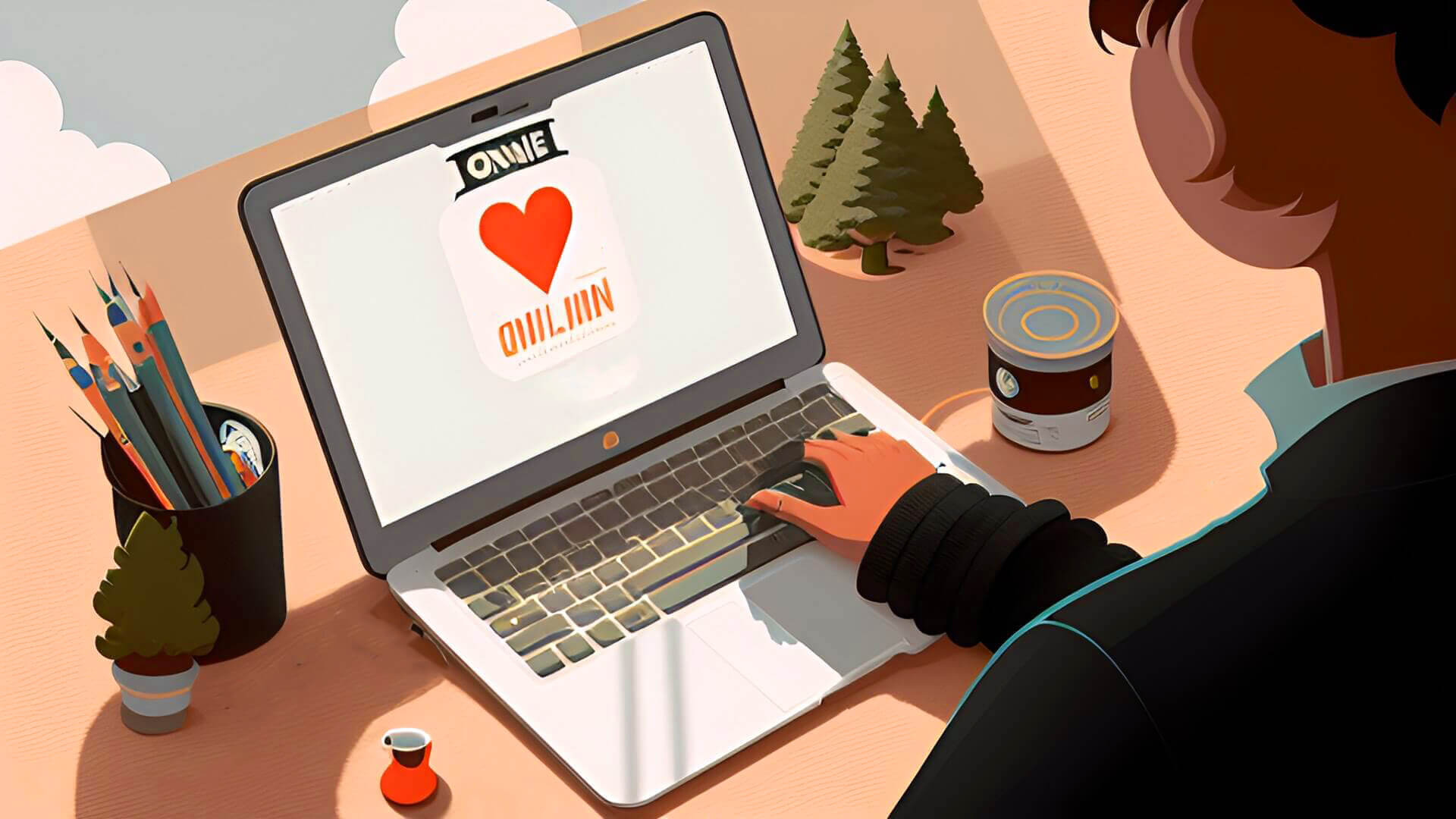The holidays are coming, so let’s talk about gifts. Should you offer a thank you gift or “premium” in exchange for an online gift? Find out here.
Whether or not fundraisers should offer donors thank-you gifts or “premiums” has been argued about for decades.
In 2012, an article from the Yale School of Management argued that premiums actually hurt the fundraising results of the organizations that use them.
The researchers came to the conclusion that premiums “crowd out” the altruism of the donor.
In other words, premiums cause donors to give in order to get something rather than giving from the goodness of their hearts.
According to the study, this might work for first-time gifts, but long-term fundraising is hindered as donors decide to give based on whether or not they like the premium instead of the need and urgency of the cause.
On the surface, this sounds true. Introducing the option of receiving something for my gift introduces an element of selfishness, right?
Yet thinking this way misses the complexity and beauty of human generosity.
The complex beauty of generosity
Reciprocity is hardwired into the human psyche.
You could call it selfishness, but I don’t think that’s fair.
Fundamentally, we’re all made to love and be loved. Reciprocity.
With raising more donors, there is also an inherent reciprocity in the act of giving.
Uniting behind a particular cause brings people together to accomplish something they couldn’t do on their own. Therefore, by giving their best individual efforts, they all receive something: the accomplishment they couldn’t realize on their own.
They all receive the incredible feeling of being a part of something bigger than themselves.
(Which is why your role as a fundraiser is so important in today’s world!)
Reciprocity is baked into us. It’s part of our humanity.
Donors should receive something in exchange for their gift.
They should receive acknowledgment, accolades, companionship, stories, impact reports, and more. Donors deserve to be loved in return for the love they’ve shown in their generosity.
I think we’re all agreed on this principle. But these are all intangible, emotion-based things.
Premiums, on the other hand, are physical offerings you’re sending to donors, which may change the feel of it all.
So then, does offering premiums work or not?
With RaiseDonors, fundraisers have the option to include a thank-you gift for a donation. That way, your online donors can request (or decline) the premium offer as they give.
Here’s what I’ve seen work for nonprofits when they implement this strategy as part of the giving process.
Premiums do work… when done right.
The more you can connect the premium to a natural act of reciprocity, the better.
That is, when the premium feels more like the natural reciprocity of sincere gratitude, love, or solidarity from you, it can take your fundraising to a whole new level.
On the flip side, if the premium offer feels like a monetary transaction for a product, then it can definitely backfire in a couple of ways.
- It can turn off donors who are devoted to your cause by the thought of wasted resources on premium offers used to “bribe” donors. Or…
- It can attract “low-quality” donors. New donors who are not completely devoted could be won over because they want the premium – and with every new gift, they’ll be looking to see if the next premium is worth their giving. It can create a cycle of trying to make the next premium bigger and better to “buy their donor loyalty”.
So how do you avoid these two pitfalls?
1. Show how the premium connects to the cause.
If you’re thinking of offering premiums to enhance your fundraising results, look to give items that have a direct, easily shown connection to your cause.
While coffee mugs might be an easy premium idea to come up with, it might not be easy for donors to see how that product benefits your cause.
Now let’s take that coffee mug idea and make it benefit the cause.
Let’s say you’re an organization trying to promote awareness of environmental concerns like recycling. And let’s say, as a part of your program, you promote reusing beverage utensils rather than drinking from disposable cups that end up in landfills.
If the mug you send has a design that says, “Mugs like me save the planet” and promotes reusing beverage utensils, now you’ve got a premium that’s working for the cause.
With each sip, your donor knows they are helping promote environmental health.
Donors need to see clearly how the premium benefits the cause so that when they receive it, they still feel as though they’re participating in the mission.
2. Use the premium as a relationship builder, not a gift generator.
The foundation of fundraising is relationships. Raising more donors is all about creating new friendships that are centered on accomplishing something great together.
While premiums like hats and coffee mugs can be used to benefit the cause, it’s hard to use them to build ongoing relationships with your donors.
One of the best ways to use premiums to build better relationships with your donors is to send them a digital premium for their gift, like an eBook or PDF.
See how this nonprofit builds donor relationships with monthly premiums.
First15 is an organization dedicated to helping people grow spiritually through their reading materials. To help raise support, they offer donors a printed edition of their devotional book for the month.
They do this by enabling the “Gift with Donations” option on their RaiseDonors donation page.
With this option enabled, they’re able to provide donors the option of receiving the printed edition of their new devotional book in the mail.

While the devotional book is obviously a premium intended to motivate larger gifts, it is also intrinsic to their mission.
Each time the donor opens their First15 devotional book, they feel like they’re working alongside the nonprofit to accomplish their mission.
Because of this sense of collaboration, it doesn’t feel like an economic transaction.
But in sending a printed devotional book, they’re also building a relationship with the donor.
The founder of the organization is also the author of the book. Their personality, thoughts, and insights are all over the book from cover to cover.
In fact, reading through the book is intended to be like having an intimate conversation with an encouraging friend each day.
The donor not only engages in spiritual practices, but they also feel more and more trust towards the organization that authored the book.
Next time First15 asks for help, their donor base is better positioned to help because they feel as though they really know First15 and what they stand for.
3. Give your gift first
Another way to keep premiums from feeling like a tit-for-tat offering is to give them away in advance.
This works especially well with digital premiums like PDFs or eBooks, where your costs are lower.
By putting time, effort, and resources into creating the premium (which some might call a “freemium” because you’re giving it away up front for free), you’re showing the donor how much you value them and your relationship.
It also gives better context for your ask.
For instance, if you’re an organization raising support for research funding for a specific disease, sending an informational PDF or eBook before asking for a gift is a great way to educate donors.
Using this method, you’re showing generosity to your donors or potential donors while also informing them on the need and urgency of your cause.
4. Allow donors to choose if they want the premium
If your donors want all of their gift to go directly to the cause and not towards the expense of creating and sending them the premium, they should have the option.
Giving them the choice empowers them to do something about it.
If they receive the premium automatically, they might feel powerless to stop their frustration over receiving something they don’t really want.
Going back to the coffee mug example, while the mug may indeed support your cause, if the donor already has a cabinet full of cups and mugs, they might not want another one.
That’s why with RaiseDonors, we provide organizations the option to have donors opt-out of receiving a premium. This gives organizations more control in the donor/nonprofit relationship.
5. Use your own data to make decisions
While studies and best practices might provide a good place to start, that doesn’t mean that they will work best for your mission and your audience.
Every nonprofit is unique—which means that sometimes what works for everyone else could simply backfire on you.
That’s why monitoring your fundraising metrics is critical.
By keeping track of donor response when you offer premiums or when you don’t, you’ll know if your donors appreciate having the option to receive a gift or not.
Also, you can test different premiums to see which kinds of premium offers work best for your donors. By testing, you can see if they prefer digital downloads or receiving something physical in the mail.
Keep an open mind towards best practices and studies, but always obey what your own data is saying.
The experts might be telling you that premiums don’t work, but if your data shows otherwise…
Well, I say, listen to your heart—I mean, listen to your data.





